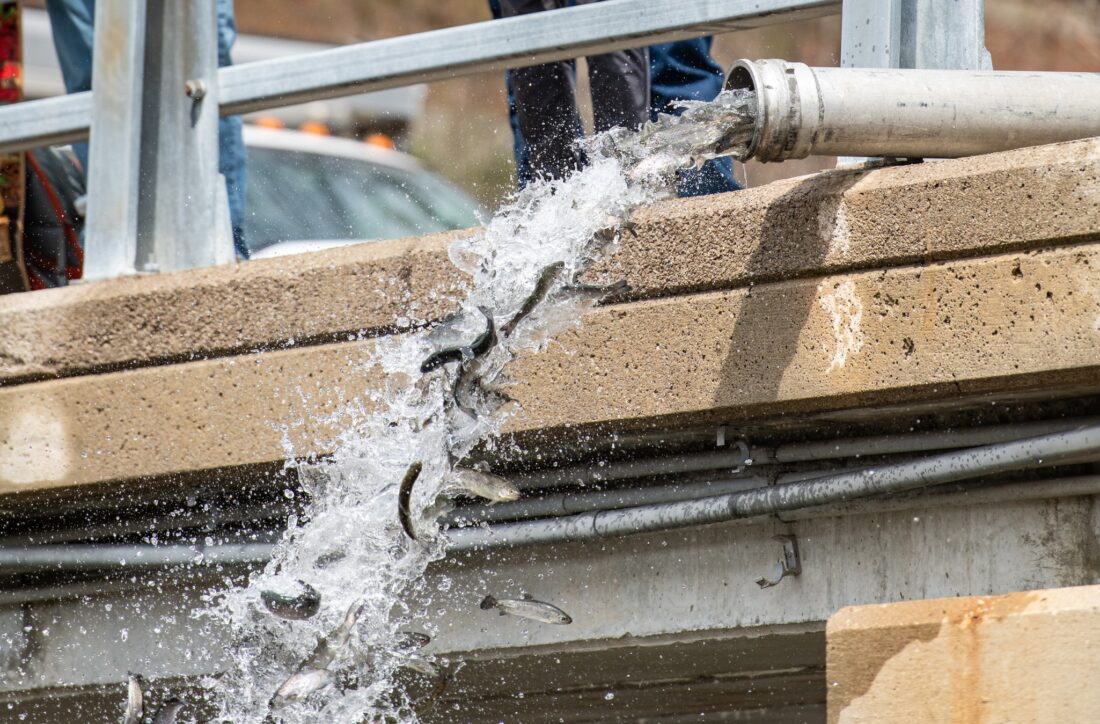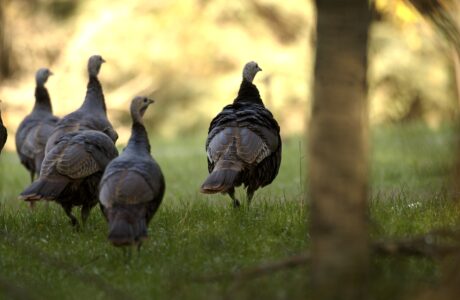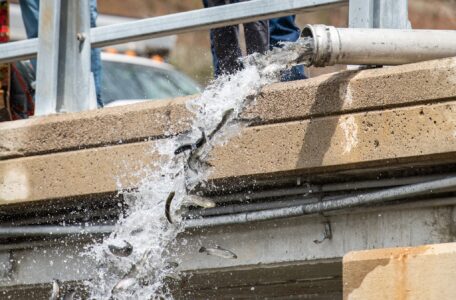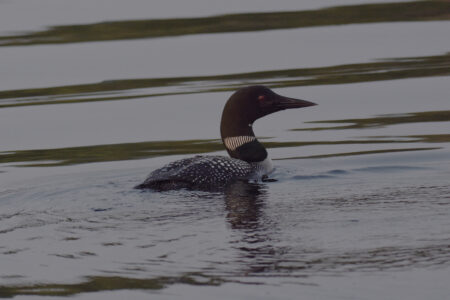Michigan DNR says it’s stocked nearly 19 million fish in 2025

Steelhead were stocked in the Red Cedar River in East Lansing this spring. The Michigan Department of Natural Resources has stocked a total of 18,958,970 fish so far in 2025. (Michigan Department of Natural Resources)
The Michigan Department of Natural Resources reports that more than 331.5 tons of fish have been stocked so far in 2025, including walleye and trout in Iron County, along with trout and salmon in Menominee County.
No Dickinson County waters are listed to date, although a Groveland Mind pond received walleye plantings in 2024, including some in the fall, as well as a muskellunge plant. Hamilton Lake received walleye in the fall.
In Michigan, there are six state hatcheries and two cooperative hatcheries that work together to produce the species, strain and size of fish needed for fisheries managers, the DNR said in a news release.
These fish must then be delivered and stocked at a specific time and location to ensure their success. A total of 18,958,970 fish of 10 different species and one hybrid have been stocked this year.
“We had another excellent spring and summer stocking season that will bring ecological benefits and fishing opportunities to Michigan anglers,” said Aaron Switzer, DNR fish production manager. “Thanks to the hard work and dedication of our staff, healthy, high-quality fish were reared and delivered to stocking sites in excellent condition. The numbers produced and stocked hit the targets for most areas.”
Included in this year’s total are just over 2.5 million walleye spring fingerlings. These fish were reared in ponds by the DNR, with extensive support provided by local sporting organizations. These fish were stocked at 61 inland lakes and rivers and Lake Michigan.
Iron County stockings to date include walleye fingerlings at Iron, Emily, and Ottawa lakes, along with Lake Mary. There were splake plantings at Lake Ellen and Golden Lake, while Killdeer Lake received brook trout and Fortune Pond received rainbow trout.
For specific information, go to MichiganDNR.com/FishStock.
Fish stocking efforts help bring an estimated $3.9 billion into the state’s economy through the sportfishing industry, tourism and related businesses, the DNR said.
To complete the task of stocking, it took 417 stocking trips and 2,345 hours. Crews traveled just over 91,000 miles in 17 specialized stocking trucks to get to the 716 stocking sites.
Despite the severe ice storm that affected northern Michigan, which caused a loss of power and transition to backup power for several days at Oden State Fish Hatchery, no fish were lost due to the storm, the DNR said.
The number and type of fish produced varies by hatchery, as each location’s ability to rear fish depends on the source and temperature of the rearing water. Fish are reared in Michigan’s state fish hatcheries anywhere from one to 18 months before they are stocked.
Marquette State Fish Hatchery near Marquette stocked 368,452 yearling lake trout, brook trout and splake (a hybrid of lake trout and brook trout) that in total weighed 49,355 pounds. In addition to yearling trout, Marquette also stocked 457 adult lake and brook trout. This hatchery stocked a total of 94 inland and Great Lakes sites.
Thompson State Fish Hatchery near Manistique stocked 2,397,307 fish, which included yearling steelhead, spring fingerling Chinook salmon, yearling muskellunge and spring fingerling walleye. These fish weighed 69,598 pounds in total. This hatchery stocked 51 sites, the majority located on the Great Lakes.
A cooperative teaching hatchery at Lake Superior State University in Sault St. Marie stocked 23,378 Atlantic salmon weighing 1,811 pounds into the St. Marys River.





